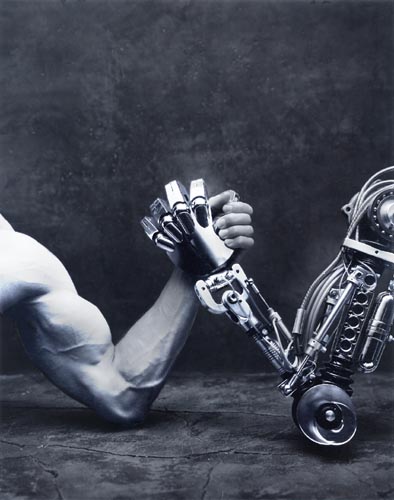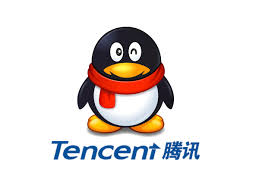Nowadays there seems to be an app for everything, from buying cinema tickets to mapping your jogging route, but some of the most widely used applications are those that translate one language into another. Apps such as Google Translate are free to download and promise fast and efficient translations; in reality, however, they shouldn’t be relied on fully for an accurate translation – in whole or in part.
Apps and websites that offer translation services via a machine, free or paid, all use algorithms to determine word choice. When the software converts a word or sentence into another language, there is a lack of common sense and logic. A word which has multiple meanings, but is written the same, is called a homograph (wind and sewer are examples), and algorithms have great difficulty with the hundreds of homographs that exist in every language. Rarely can a machine consider the group of words with which a single word appears, instead a literal translation of the text is produced which can lead to endless problems.
Google offers an extended translation service for web pages which you may need information from in another language, and while it’s good enough to get a gist of the content, the translated text often appears broken, disjointed and erroneous in places. Live photo translation via the camera has also been integrated into the Google Translate app, which has proved popular for a quick translation of a foreign menu or road sign, but for business documents there’s a high probability that the emphasis of the text will get lost in translation.
When arranging for an important document to be translated, which is vital for business in a foreign land, there are far too many risks involved in relying on machine translation; there needs to be a level of human interaction to be able to negotiate the grammatical and syntactical structures necessary for a text to make sense fully. This is especially true when it comes to technical documents in fields such as medicine and law, both requiring a high-degree of accuracy due to the complex nature of the language used. Many translators train to become specialists in these such areas, going the extra mile to develop a deeper understanding of the language for an accurate and professional translation. Algorithms and software, on the other hand, have limited potential as they constantly rely on future updates.
Apps have certainly proved their worth for a wide variety of personal and social activities, but translation still remains one area where humans have the upper hand, as we have the ability to read between the lines when necessary to convey the correct meaning. Aside from that fact that Google Translate makes public any confidential text pasted into its translation engine, the service is also widely acknowledged to serve as a translation guide only, with Google admitting that it had to take steps years ago to ensure shoddily translated material from the service would not be allowed to be published online. These setbacks in technology are actually great news for the human translation industry, in general. In spite of all the technological advancements and development of language-related apps, it is still the case that machine translation is no match for human translators.

